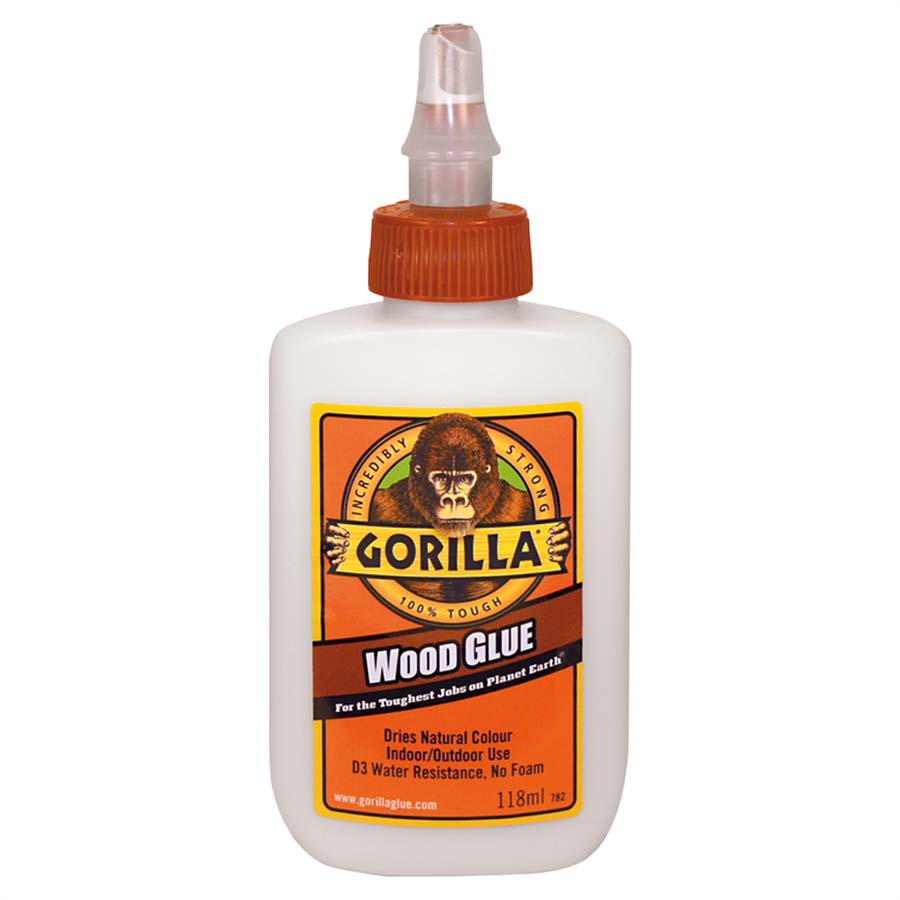

Glues with a thinner viscosity are better for filling small gaps or cracks, while thick glue is meant to join pieces of wood together. PVA, polyurethane, and epoxy glues are usually thicker than hide and CA glues. Wood glue viscosity varies based on the type and brand. CA glue can last much longer if it’s kept at the proper temperature. PVA and polyurethane glues last in storage for about a year before they begin to lose their effectiveness.

Shelf Lifeĭifferent types of wood glue last longer than others, which may be a consideration if you’re only using a little of a large bottle. However, if adhesive strength is more important to you than cure time and you’re fine with waiting longer, then stick with PVA or polyurethane glue. For fast projects, focus on epoxy or CA glue. Think about how quickly you need your wood to dry. For quick, minor repairs, a CA glue should suffice. If you’re building a piece of furniture, you want it to stay together permanently, so use a strong glue.

For example, PVA and polyurethane fall into the former category, while CA is the latter type. Wood glues can provide permanent or temporary bonds. Buyer’s GuideĪfter type, consider a wood glue’s strength, drying time, shelf life, viscosity, and color. Once you apply it, it takes a few hours to cure. It does take a long time to apply because it has a two-step process with a resin and a hardener. However, you can use it to join multiple materials together. It’s typically used to coat and protect wood, concrete, and other surfaces. EpoxyĮpoxy isn’t technically a wood glue. It can also be too thin and runny for some woods. However, CA glue shouldn’t make contact with your skin. It can stick on both porous and nonporous surfaces, bonding almost instantly at room temperature. CAĬA glue is meant for small repairs or temporary bonds.
#Gorilla wood glue skin#
However, because it’s toxic, it can irritate your skin if it gets on you. It doesn’t dry out sensitive wood fibers either.

Polyurethane glue is waterproof, so it’s useful for outdoor projects. The biggest drawback to PVA glue is that it leaves behind a residue. It is non-toxic, easy to clean, and versatile. PVA glue is one of the most widely used types of wood glue. It creates flexible, long-lasting joints, but it needs to be warm and diluted to work properly. Hide glue, which is made using collagen from animal skin, comes in both liquid and solid forms. For more information, read about the different types of wood glue below. Some glues work better than others depending on the wood you’re building with and the conditions you’re working under. For medical emergencies only, call 1-80.If you’re not a carpenter, it can be confusing to determine which wood glue to use and when to use it. What should I do if I think a human or animal has ingested Gorilla Wood Filler? If dried, lightly sand away from surface. How do I remove Gorilla Wood Filler from my surface? To remove Gorilla Wood Filler from fingers and nails, wash with soap and warm water. How do I remove Gorilla Wood Filler from body/skin? Gorilla Wood Filler is not intended to be used to bond substrates together. Yes, Gorilla Wood Filler can be used on any type of wood.Ĭan Gorilla Wood Filler be used as an adhesive? What happens if my product begins to dry out in the container over time?Ī small amount of water (1-3mL) with mixing can be used to restore the product back to its original texture.Ĭan Gorilla Wood Filler be used on any type of wood? It is not recommended for use in continuous water exposure applications. Yes, however it will need to be coated with a waterproof paint or stain prior to exposure. Can I use Gorilla Wood Filler on projects that will have exposure to water?


 0 kommentar(er)
0 kommentar(er)
